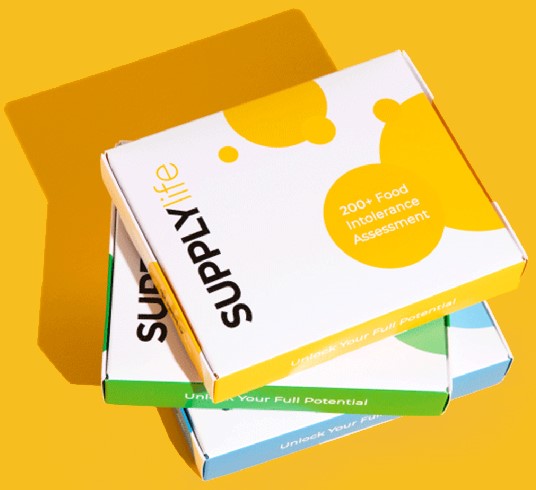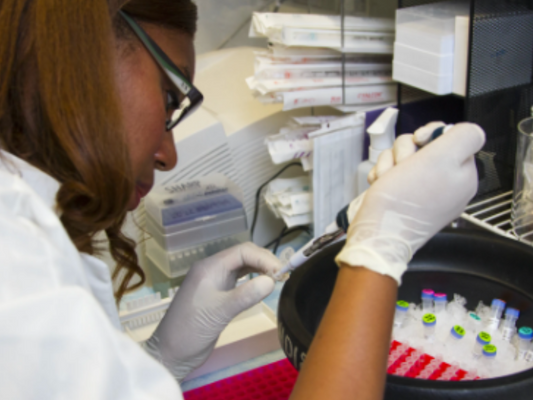
How Much Would you Pay to Live Without Your Food Intolerance?
The study, which was sponsored by the Food Standards Agency (FSA), sought to shape government policy by calculating the annual economic value of removing the symptoms and constraints of food hypersensitivities, and by identifying the impacts of food hypersensitivity that have the greatest impact on quality.
Findings
More than 2000 adults with food hypersensitivities, including allergies, food intolerances, and coeliac disease, as well as parents of children with these conditions, were asked how much they would be willing to pay to live without their conditions, for varying time periods.
Adults with a food allergy would pay £1064 per year to eliminate all symptoms and limitations associated with their condition, while those with coeliac disease would pay £1342 per year and those with food intolerances would pay £540 per year. Parents would pay an average of £2,766 per year for a child with a food allergy, and more than £1,600 per year for a child with coeliac disease and food intolerance, to eliminate all symptoms and limitations caused by their children's conditions.
The findings also revealed that some individuals have no interest in the transient removal of conditions, even if it is provided at no cost and for an extended period of time. This rejection was also observed in the parents. For instance, 11% of adults and 17% of parents said they would reject temporary removal of their condition even if it lasted for 20 years, while 6% of adults and 11% of parents have no interest whatsoever.
“Food hypersensitivities affect people’s quality of life in many ways, but impacts related to embarrassment and fear when eating out and in social situations were found to be among the most serious for all three conditions,” said Nicholas Daniel, Economic Advisor at the Food Standards Agency.
“The findings of this study can inform policy and practice, allowing targeting of measures at those impacts which are considered the most important by people living with those food hypersensitivities. The results will contribute to our assessment of the scale of the economic costs imposed on society by food hypersensitivities, and will be incorporated into our Cost of Illness model which we currently use to measure the annual, social, cost of foodborne disease.”
“These are the first estimates of the monetary value of the inconvenience, anxiety and pain caused by food allergies, intolerances and coeliac disease, said Professor Rigby.
“They can be used, by government and industry, alongside the equivalent monetary values previously estimated at The University of Manchester for foodborne diseases such as Salmonella and E coli.”





